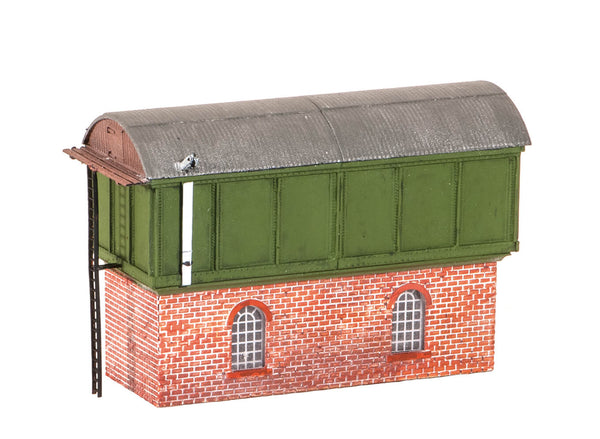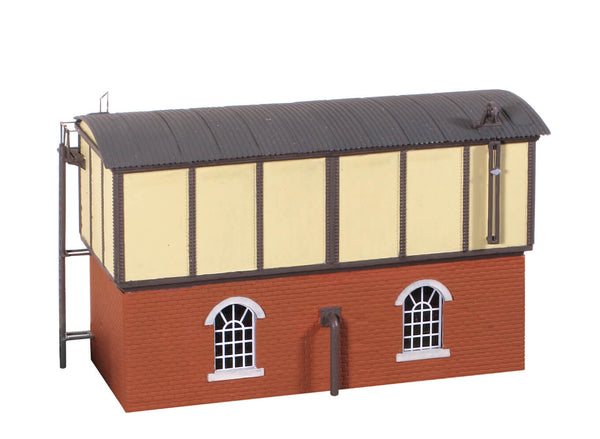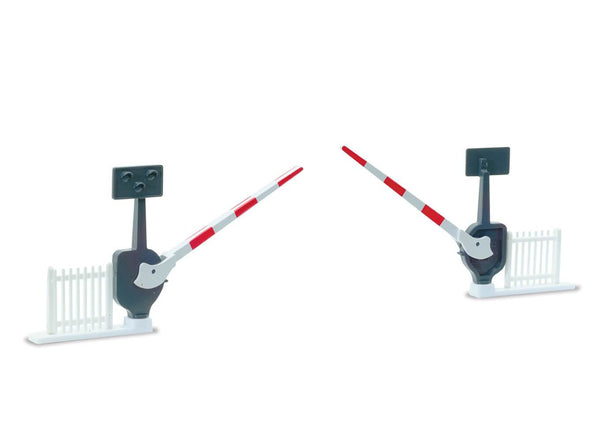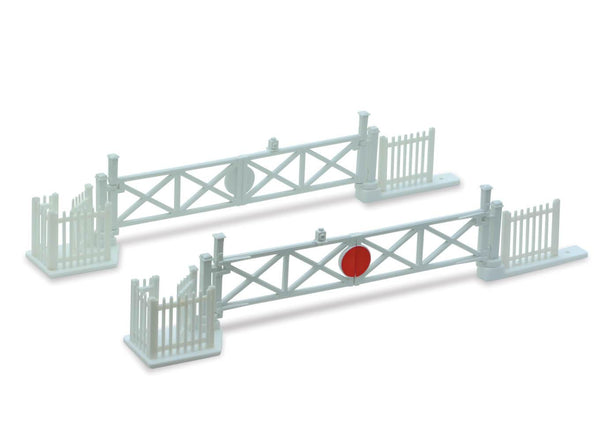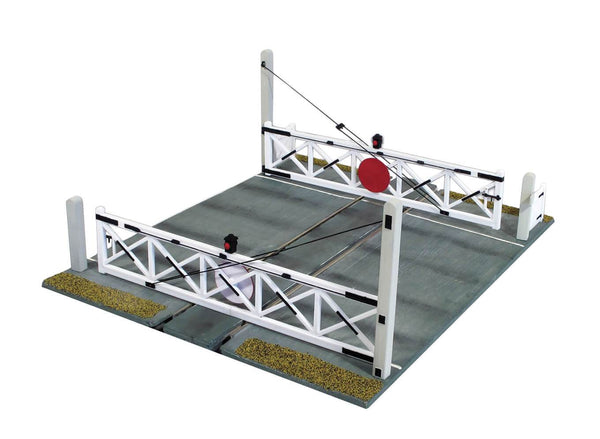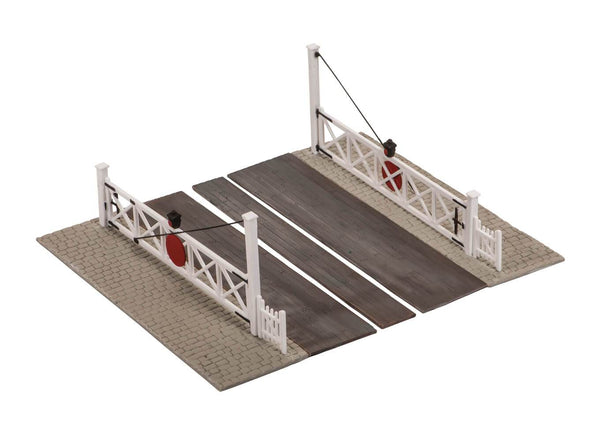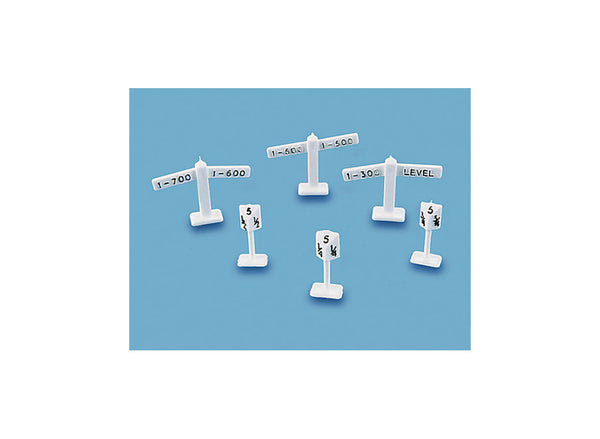BROWSE PECO PRODUCTS
Browse through our complete product portfolio.
883 Products Found
Large Sacks
A group of large light brown sacks suitably arranged for placing in a goods area, to fit into an open wagon, or for using as a lorry load. For '00', they could be used as a small sacks load! Approx 30mm long, 15mm wide and 10mm high. The Harburn Hamlet range of painted resin accessories provide interesting scenic details for your layout.
Large Water Tower
This 20,000 gallon design is equally at home replenishing water troughs (Ratio Water Troughs kit Ref 255), a large motive power depot or supplying several platform mounted water cranes (Ratio Water Crane and Fire Devil Ref 212). Supplied with pre-coloured parts although painting and/or weathering can add realism (See the Pecoscene Weathering Powder range PS-360 - 365); glue is required to complete this model. Footprint 72mm x 30mm
Large Water Tower
This 20,000 gallon design is equally at home replenishing water troughs, a large motive power depot or supplying several platform mounted water cranes (See Ratio Water Crane and Fire Devil kit 413 and Peco LK-2 Water Cranes). Supplied with pre-coloured parts although painting and/or weathering can add realism (See the Pecoscene Weathering Powder range PS-360 - 365); glue is required to complete this model. Footprint 122mm x 49mm
Level Crossing Barriers
Modern type crossing barriers complete with dummy light standards. Can be used with the Peco Setrack Level Crossings ST-261/263/266/267 and 268
Level Crossing Barriers
Modern type crossing barriers complete with dummy light standards. Can be used with the Peco N Setrack Level Crossings ST-20/21.
Level Crossing Gates
Traditional wooden type gates (complete with separate pedestrian access gates), giving double track spacing when closed across railway tracks.
Level Crossing Gates
Traditional wooden type gates (complete with separate pedestrian access gates), giving double track spacing when closed across railway tracks.
Level Crossing Gates
This single track crossing features one of the many different types of gates used where roads had to cross the railway on the level. Kit includes 1 pair of gates 95mm x 17mm, plastic cobblestone roadway and a planked crossing deck.Don't forget the crossing keepers box (SS29), Signal Box (SS48), or Cottage (SS39). Supplied with pre-coloured parts although painting and/or weathering can add realism; glue is required to complete this model.
Level Crossing with Barriers
This modern style of crossing features 2 half barriers on each side of the track, protected by (dummy) warning lights. Can be used for double or single track; glue and paints required to complete model.
Level Crossing with Gates
Level Crossings were commonplace, particularly in towns and across such areas as the Fenland of Eastern England. Today most have been replaced by modern barriers. Can be used for double or single track; glue and paints required to complete model.











